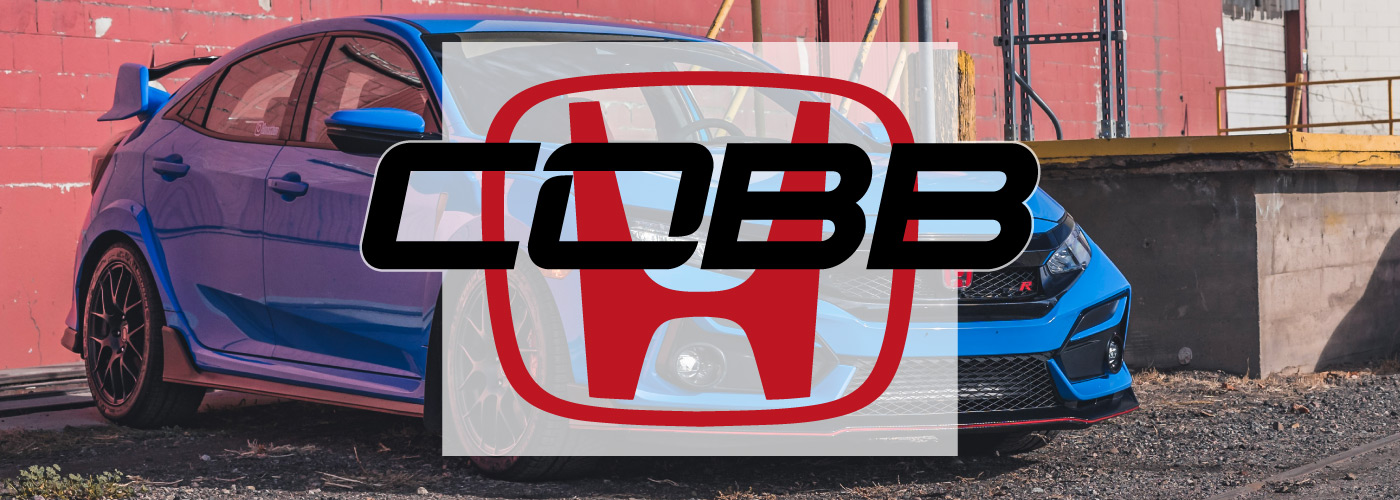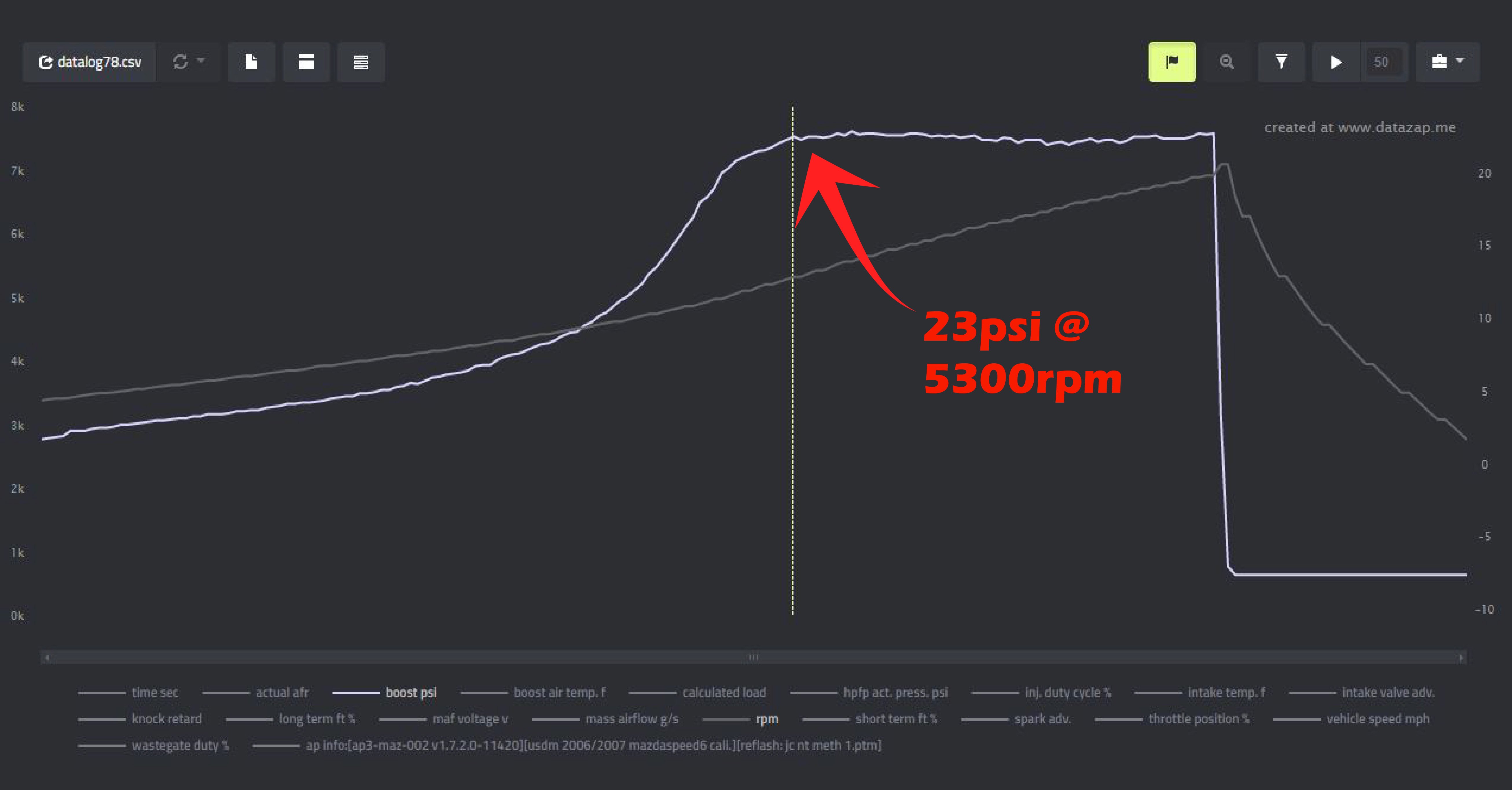
After going through three clutches on our Focus ST shop car, we decided it would be a good idea to help others get a better understanding of what all goes into a clutch. Not all clutches are created equal and it is important to make sure to choose the right clutch for your application.
How does a clutch work?

Diagram from: http://www.eai.net.au/
The clutch is all about transferring power from the engine to the wheels. When the clutch is engaged, the power is being transferred from the engine and when it is disengaged, no power is being transferred, allowing you to change gears or sit still while the car is in gear with the engine running. To understand how this works, it is important to know what makes up the components of a clutch.
The first component is the flywheel. This large aluminum or steel disc is the point at which the engine meets the transmission. The flywheel is bolted to the crankshaft and turns with the engine. With the teeth on the edge of the flywheel, the starter is able to turn the flywheel and thus, the whole engine, and this is how the engine “fires” and begins to run.
 |
 |
| Flywheel's friction surface that meets the clutch disc |
Back of flywheel - In this example, there are 6 bolts that fasten it to the crankshaft. |
Bolted to the flywheel is the clutch cover which contains the pressure plate and diaphragm spring. The pressure plate and diaphragm spring operate together on a fulcrum or pivot point so that when the spring is compressed or decompressed, the pressure plate moves back and forth linearly. Because these components are bolted to the flywheel, they also turn with the engine.
 |
 |
| The front of the clutch cover where the throwout or release bearing pushes on the fingers to disengage the clutch |
The friction side of the pressure plate. This is what pushes the clutch against the flywheel, allowing power to be transferred. |
In between the pressure plate and the flywheel, you have the clutch disc. The clutch disc is a steel plate that has a friction material attached to it. When the diaphragm spring is clamping the pressure plate to the disc, sandwiching it between the pressure plate and flywheel, this friction material is what locks the engine’s rotational force to the transmission. The clutch disc is connected to the output shaft of the transmission and spins separately from the engine when the pressure plate is not engaging the disc.

The throwout bearing is a bearing that fits around the output shaft and is designed to press on the diaphragm spring while spinning with the motion of the clutch assembly. This is the action that engages and disengages the clutch.

The throwout bearing is also referred to as the release bearing. While the mounting bracket stays put, the throwout bearing is free to spin along with the pressure plate that it is pushing against.
Basically, a clutch is very similar to the brakes on your car. Instead of a rotor being sandwiched by two pads, it is a pad sandwiched by two rotors (pressure plate and flywheel).
Disc Types
There are many different clutch disc options available to choose from. Different style discs will behave differently than others. There are full face discs, and segmented discs (pucked discs) with varying amounts of pads and they all exhibit different engagement styles.
Full face discs are going to be more daily driver friendly. The more surface area that comes in contact with the flywheel and pressure plate, the smoother the engagement will be. Sprung disc hubs also help with a smooth engagement. The fewer the pucks you have, the harsher the engagement will be on a clutch disc. The benefit to this is increased burst strength for quick engagement. The reason pucked clutch discs engage quicker is because all the force from the pressure plate is concentrated in to a smaller area. This applies more force to a smaller area and increases the effectiveness of the friction material. Some friction materials will require greater force before they work properly and that is why you don’t typically see organic segmented discs.
Here are some examples, using Advanced Clutch Technology's (ACT) pretty awesome web photos. These are a great way to show what each disc looks like. These make up most of what is available out there but there are even more, like full disc with segmented pads and even 3 pad discs.
 |
 |
 |
| Full Face Sprung Disc | Full Face Solid (Unsprung) Disc | Segmented 6 Pad Sprung Disc |
 |
 |
 |
| Segmented 6 Pad Solid Disc | Segmented 4 Pad Sprung Disc | Segmented 4 Pad Solid Disc |
Pad Material
There are many different combinations of pad material and they all serve a purpose. Here are a few types of clutch discs available in both the OEM and aftermarket.
Organic, Kevlar, Semi-Metallic, Sintered
Organic material is also used quite frequently in lower torque applications. Organic clutches are typically made up of reinforced cellulose with fiberglass and mineral wool. These are encased in a thermoset phenolic resin which resists melting. The cellulose provides the bite while the fiberglass/mineral wool gives the clutch its burst strength. Organic usually have very good feel as well as a good initial bite. They are not very effective in a high heat application and are very easy to overheat under high torque loads.
Kevlar is the next stage up from organic. Chopped Kevlar fibers are used to offer the same good burst strength of the organic clutch, but with better wear characteristics. Kevlar does have a relatively low coefficient of friction though and because of this will require very high clamping forces. Kevlar clutch discs will hold up to higher temps and offer lower wear, but they can be burn out very easily if subjected to too much heat. Once the material is “burnt”, it can’t return to its previous state after cooling down.
Semi-Metallic clutch discs look like organic clutch discs, but they can withstand considerably higher heat and are more suited to higher torque applications. They are built with a woven structure using bands of brass or copper. This improves the burst strength and resistance to heat. Metals typically used in semi metallic applications are ceramic dust, copper, bronze, carbon, and iron. Iron/ceramic can possibly have reduced pedal feel but with a higher bite intensity.
Sintered clutches are made by filling a mold with powdered material, then fusing these materials under high heat and pressure. A few common metals used in sintered clutches are as follows.
Copper, Bronze, Iron, Carbon
Carbon mixed with ceramic is self lubricating, while copper and bronze provide very smooth engagements. Copper and bronze also exhibit higher bite and temp resistance as well. Copper can melt under extreme conditions though which is why sintered iron is used in drag applications. With sintered iron, friction increases with temperature, but it has a very aggressive engagement.

It is important that you choose a clutch that is going to suit your needs. Most aftermarket clutch manufacturers will include a torque rating with their clutch so when shopping for clutches it is a good starting point to see what that rating is. If it’s not high enough for the torque you are already making or the torque you may want to make in the near future, then you need to look at a higher capacity clutch. But torque capacity is only half the story. Knowing what the pad material is going to be good for, as well as the type of disc will go a long way towards pairing the right clutch with your setup.
Topics:



